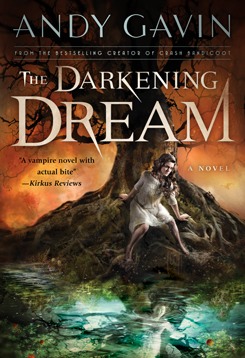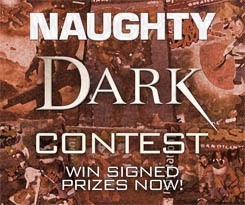 Title: Better Off Dead
Title: Better Off Dead
Director/Stars: John Cusack (Actor), Demian Slade (Actor), Savage Steve Holland (Director)
Genre: Teen Comedy
Year: 1985
Watched: March 28, 2011
Summary: Absurdist, but classic.
For some strange reason I’ve been on an 80s kick lately. High School nostalgia or something. Not only did I make a playlist of synthoid classics, but I started combing Amazon marketplace for cheap (like $2) used DVDs. Somehow I missed seeing all of Better Off Dead in the 26 years since release (only bits and pieces on cable), surprising given my nearly comprehensive knowledge of 80s films, and that I’m a fan of John Cusack — excepting the execrable 2012.
This is one whacky film. While it must have seemed absurdist even in 1985, now, with the added retro touch and hammy 80s overacting it’s really out there, bordering on Salvador Dali level surreal. But it is enjoyable. In a way it’s a parody of the then contemporary genre of 80s teen comedy, but it’s also a brother in arms. Nothing is taken too seriously and there are a many priceless moments. Like one of my college buddies favorite lines, “NT, big difference” (referring to the textual delta between “testicles” and “tentacles”), Lane’s mom’s cooking crawling across the table, or the goofy skiing-pole lightsaber duel near the end. But with a modern perspective, there’s the added benefit of the nostalgic and silly 80s hair, clothing, music, and even half forgotten facts like: Skiing was once cool! I remember it all too well, my first published video game was Ski Crazed!
When I saw Hot Tub Time Machine last year (another guilty pleasure) I was well aware of all the 80s movie spoof moments, but I hadn’t realized how much John Cusack was referencing Better Off Dead specifically. The plot is fairly meaningless, but basically as silly as the film is, at the core of most of the jokes are real embarrassing situations that plagued many teens — certainly in the 80s, and probably now.
I was also not aware until I looked it up that Curtis Armstrong, better known as Booger, was already in his 30s when playing these silly teen characters. Or that he has played 122 roles! The guy’s been busy for decades.
If you want to see more 80s movie reviews, I also blogged yesterday on About Last Night.


























 Title:
Title: 














 Title:
Title: 





























































 Title:
Title: 















